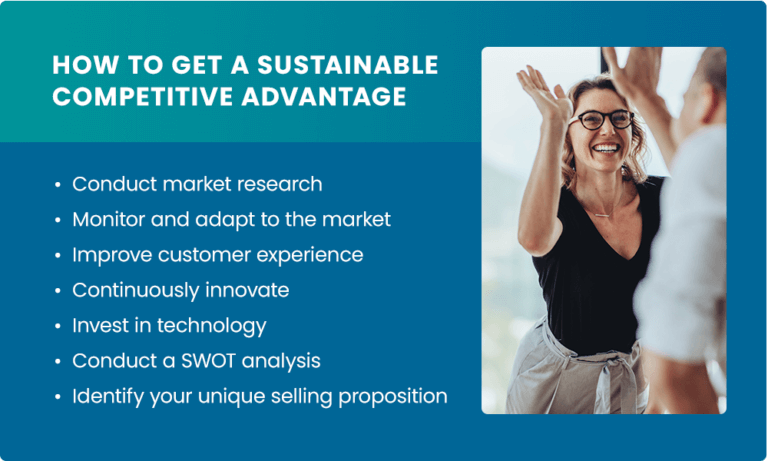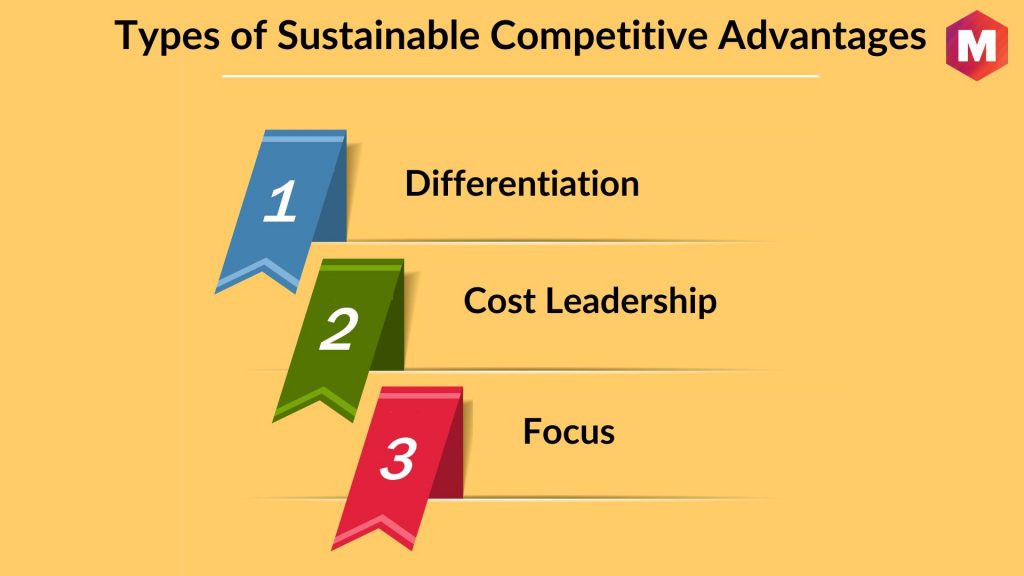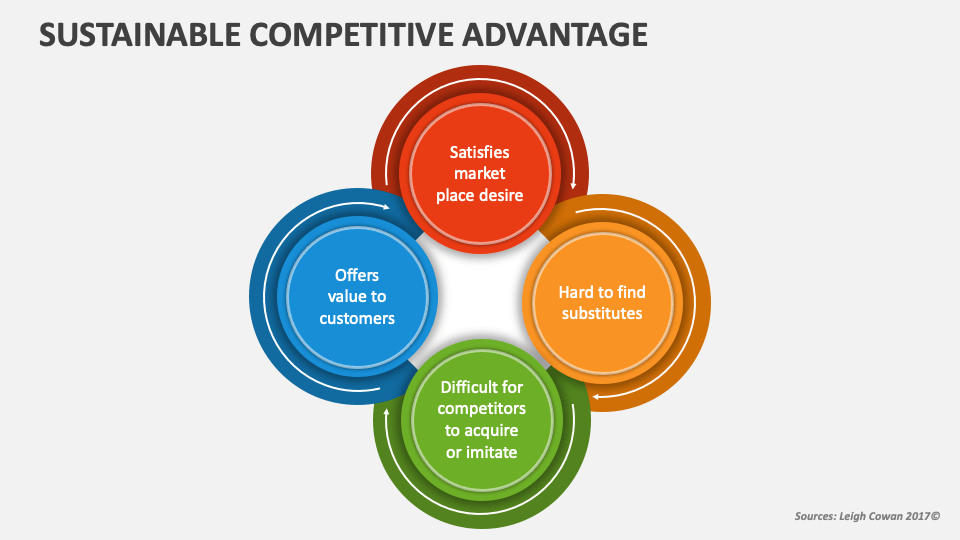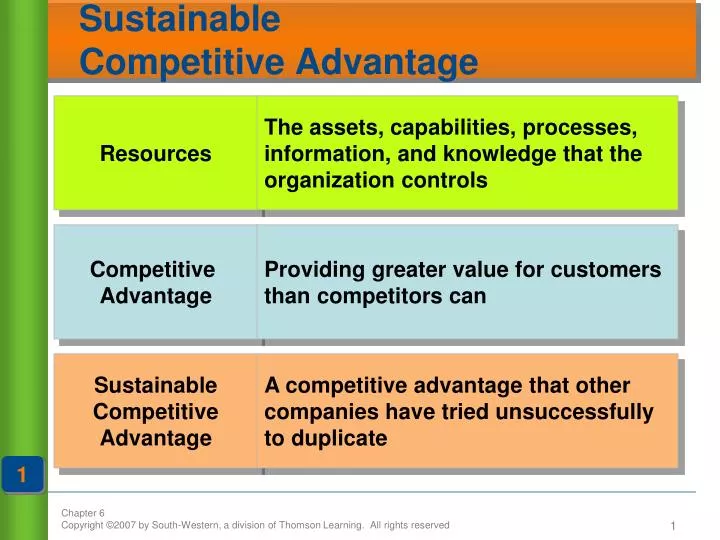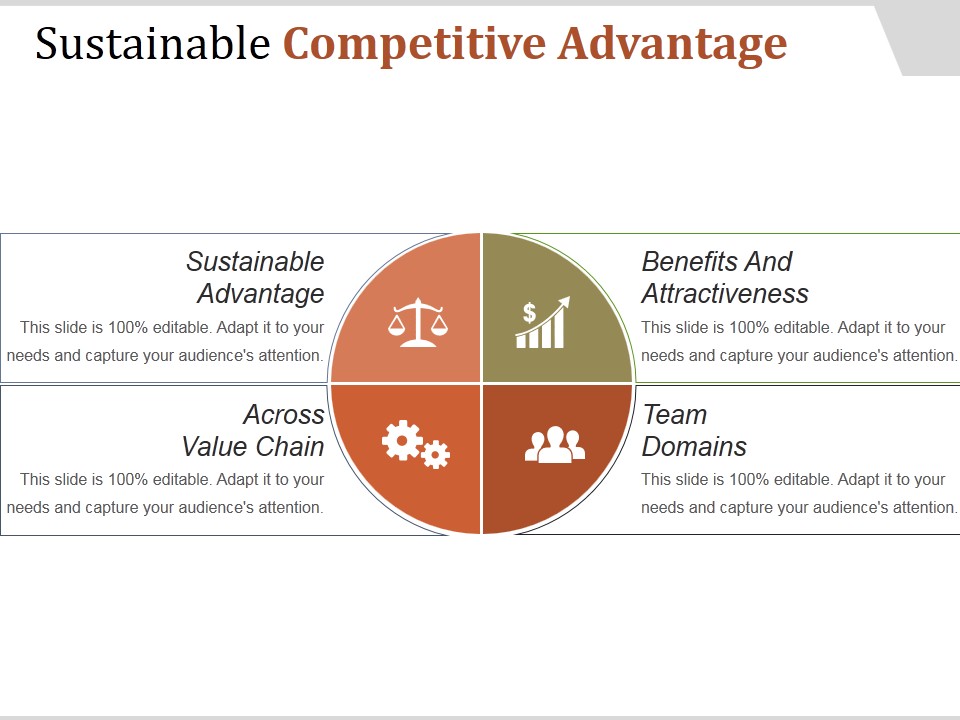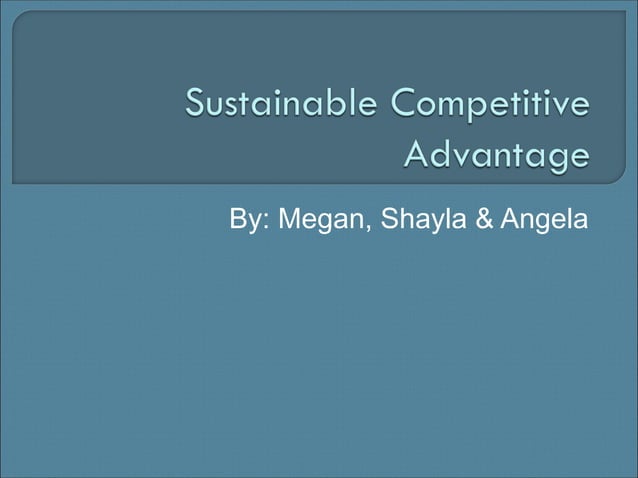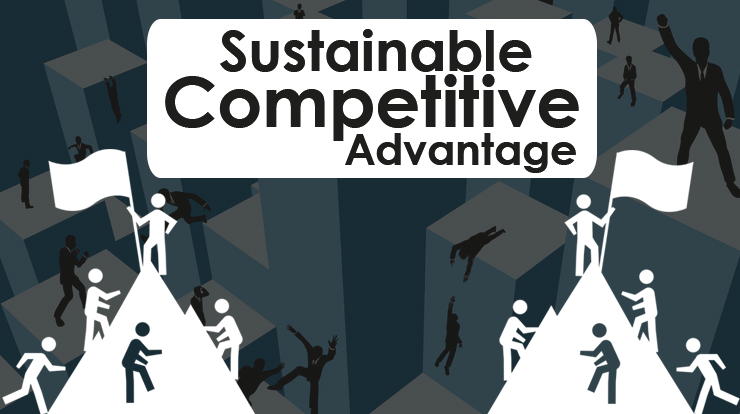A Competitive Advantage Becomes A Sustainable Competitive Advantage When

The race for market dominance isn't just about grabbing a temporary lead; it's about building an advantage that lasts. A competitive edge morphs into a sustainable competitive advantage when it becomes exceptionally difficult, if not impossible, for rivals to replicate or erode it.
This transformation hinges on creating barriers to entry, cultivating unique resources, or fostering deep, irreplaceable relationships. Ultimately, businesses that understand how to build and protect their advantages win the long game.
What Defines a Sustainable Competitive Advantage?
A competitive advantage is generally something that a company does better than its competitors.
But a sustainable competitive advantage represents something more profound, an enduring strength that resists imitation, substitution, or obsolescence.
This durability comes from traits like unique resources, capabilities, or strategies that others can't readily match.
The Key Ingredients
Several factors are crucial in converting a fleeting advantage into a lasting one. A unique value proposition is paramount, as companies need to offer something distinct that resonates deeply with customers.
Amazon's customer-centric approach, for example, built over decades, is difficult to copy.
Strong brand reputation, proprietary technology, and intellectual property also contribute to sustainability.
Intellectual property, such as patents and copyrights, can create a formidable barrier against competitors.
Likewise, a well-known and respected brand creates a lasting preference among customers, making it harder for new entrants to gain traction.
Finally, proprietary technology and processes provide a unique edge that is difficult for others to replicate.
Barriers to Replication: The Cornerstone of Sustainability
High barriers to replication are what ultimately shield a competitive advantage from being easily duplicated. These can manifest in various forms.
Consider economies of scale; a company operating at a massive scale can offer lower prices, squeezing out smaller competitors.
Network effects, where the value of a product or service increases as more people use it, are also a significant barrier.
The Role of Resource immobility and Imperfect Imitability
Resource immobility means that a company has resources that are not easily transferred or sold to other companies.
This is especially true of resources that are embedded in the company's organizational culture or processes.
Imperfect imitability is when the reasons for a company's success are hard for competitors to understand and therefore replicate.
Examples in Action
Toyota's production system, refined over decades, is difficult for rivals to fully emulate.
Their process emphasizes efficiency, quality, and continuous improvement, creating a deeply ingrained organizational culture.
Coca-Cola's brand and distribution network are so entrenched that they represent a formidable barrier to entry for new beverage companies.
Apple's ecosystem of hardware, software, and services creates a strong lock-in effect, making it harder for customers to switch to competing products.
These examples highlight how a combination of resources, capabilities, and market positioning creates sustainable advantages.
Erosion and Adaptation: The Constant Threat
Even the most robust competitive advantages can be eroded over time. Changing market conditions, technological advancements, and new entrants can all pose threats.
Companies must remain vigilant, constantly innovating and adapting to maintain their edge. Nokia's failure to adapt to the rise of smartphones serves as a cautionary tale.
Netflix is constantly innovating to stay ahead in a competitive streaming market.
The Future of Sustainable Competitive Advantage
In today's rapidly evolving business landscape, building a sustainable competitive advantage is more challenging than ever.
Companies must focus on developing agile, adaptable, and resilient strategies.
Those businesses prioritize innovation, foster strong customer relationships, and cultivate unique capabilities will be best positioned to thrive in the long run.
Moving forward, businesses must proactively seek out emerging technologies, adapt to changing consumer preferences, and build resilient supply chains.
They should cultivate an innovative mindset and embed learning and adaptability into their company culture. By doing so, they can transform temporary advantages into sustainable competitive strengths.


